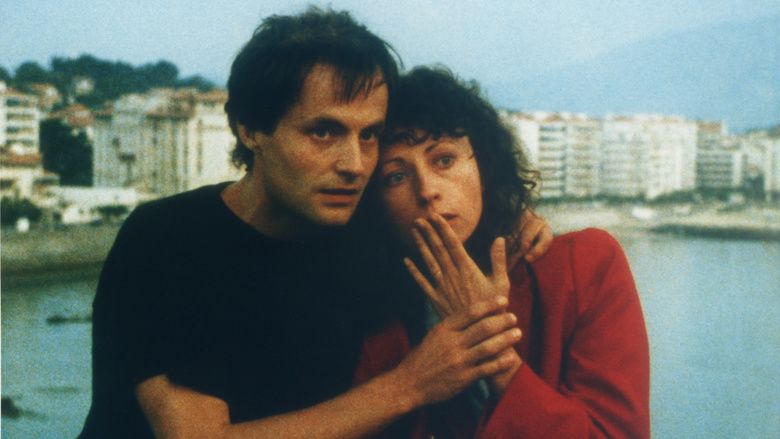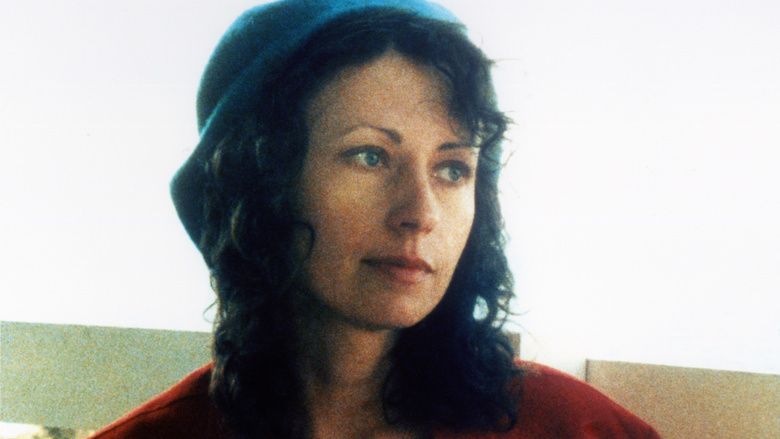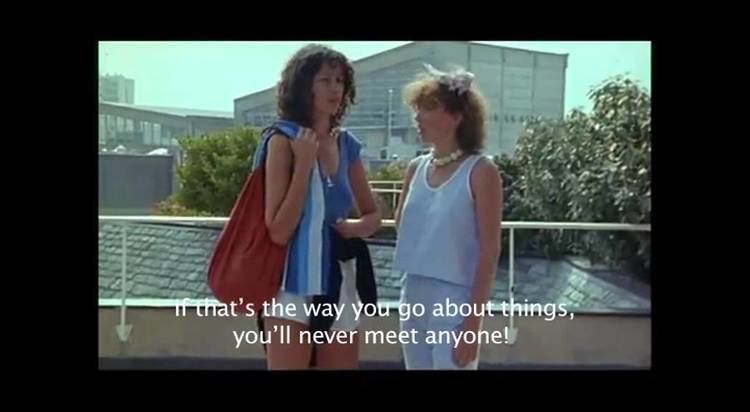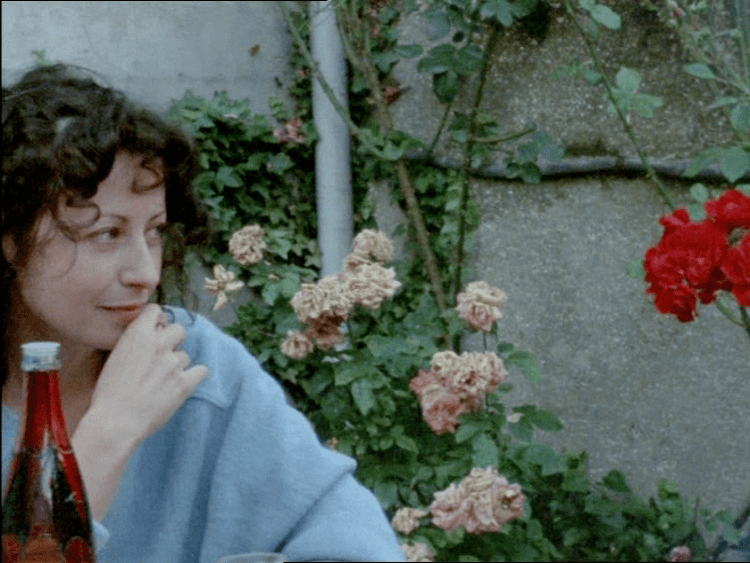The Green Ray (film)
7.8 /10 1 Votes
Director Eric Rohmer Music director Jean-Louis Valero | 7.8/10 IMDb Genre Drama, Romance Duration | |||||||||||||||||||||||||||||||||
 | ||||||||||||||||||||||||||||||||||
Release date 1986 Writer Marie Riviere (collaboration), Eric Rohmer (scenario) Screenplay Eric Rohmer, Marie Riviere Cast (Delphine), Amira Chemakhi (in Paris), Sylvie Richez (in Paris), María Luisa García (Manuella in Paris (as Lisa Hérédia))Similar movies Sorry for the Disturbance , ?? ??????? , ??? ????? , Ryia and Skina , Dear John , Interstellar | ||||||||||||||||||||||||||||||||||
The green ray trailer with english subtitles
The Green Ray (French: Le Rayon vert) is a 1986 film by Éric Rohmer. It was released as Summer in North America. The film stars Marie Rivière, Rosette, Béatrice Romand, Carita and Vincent Gauthier. It is named for the novel of the same name by Jules Verne. It was shot in France on 16mm film and much of the dialogue is improvised.
Contents
- The green ray trailer with english subtitles
- Painted windows episode 1 the green ray
- Plot
- Cast
- Production
- References

The film won the Golden Lion and the FIPRESCI Prize at the 1986 Venice Film Festival.

Painted windows episode 1 the green ray
Plot

The movie opens at the start of Delphine's summer vacation. Delphine has just suffered the breakup of a relationship and then her travel companion ditched her so that her new boyfriend can accompany her to Greece instead. She is left without plans at a time when Paris is emptying for the summer. Another friend invites Delphine to join a beach party for the weekend, but she finds that she's the only one amongst the group who is single so she quickly returns to Paris. Her family pressures her to spend the holidays with them in Ireland, but she resists. She travels alone to the Alps, but is put off by hordes of vacationers and turns around. Traveling restlessly, the theme of the movie (characterized by Roger Ebert) becomes clear: Delphine "is incapable of playing the dumb singles games that lead to one-night stands. She meets a new girlfriend, who flirts with two young men, and she flees in anger. She recoils from the pre-packaged lines of the guys she meets in bars and on trains. She simply cannot engage in that kind of mindless double-talk any longer. Beneath her boredom is genuine anger at the roles that single women are sometimes expected to play." While in Biarritz she eavesdrops on a conversation about Jules Verne's novel Le Rayon Vert (The Green Ray). According to Verne, when one sees a rare green flash at sunset, one's own thoughts and those of others are revealed as if by magic. At the Biarritz railway station she meets a young man who is travelling to Saint-Jean-de-Luz. She goes with him and together they observe le rayon vert (the Green flash).
Cast

Production
In 1980 Rohmer embarked on a series of films each based on a proverb: the "Comedies and Proverbs". The fifth "Comedy and Proverb" was The Green Ray in 1986. The theme was a phrase from Rimbaud "Ah! que le temps vienne où les cœurs s'éprennent" (Oh! May the time come when hearts fall in love") Rohmer explained that "I was struck by the naturalness of television interviews. You can say that here, nature is perfect. If you look for it, you find it because people forget the cameras." As was becoming his custom in pre-production, Rohmer gathered his cast together to discuss the project and their characters, but then allowed each actor to invent their own dialogue. Rohmer stated that lead actress Marie Rivière "is the one who called the shots, not only by what she said, but by the way she'd speak, the way she'd question people, and also by the questions her character evoked from the others." The film was shot chronologically and in 16mm so as to be "as inconspicuous as possible, to have Delphine blend into the crowd as a way, ultimately, of accentuating her isolation." Rohmer also instructed his cinematographer Sophie Maintigneux to keep technical aspects of the shoot to a minimum so as to not interrupt or distract the actors. The film's only major expense was a trip to the Canary Islands in order to film the green rays there. Rohmer chose to premiere the film on Canal Plus TV, a pay-TV station that paid $130,000 for the film, which was only one fifth of its budget. Rohmer stated that "Cinema here will survive only because of television. Without such an alliance we won't be able to afford French films." The experiment paid off when the film was a theatrical hit after being released three days after its initial broadcast. It won the Golden Lion and the FIPRESCI Prize at the 1986 Venice Film Festival. It was mostly praised by film critics, although Alain Robbe-Grillet wrote an unfavorable review and stated "I didn't like it very much."




References
The Green Ray (film) WikipediaSummer (1986 film) IMDb The Green Ray (film) themoviedb.org
